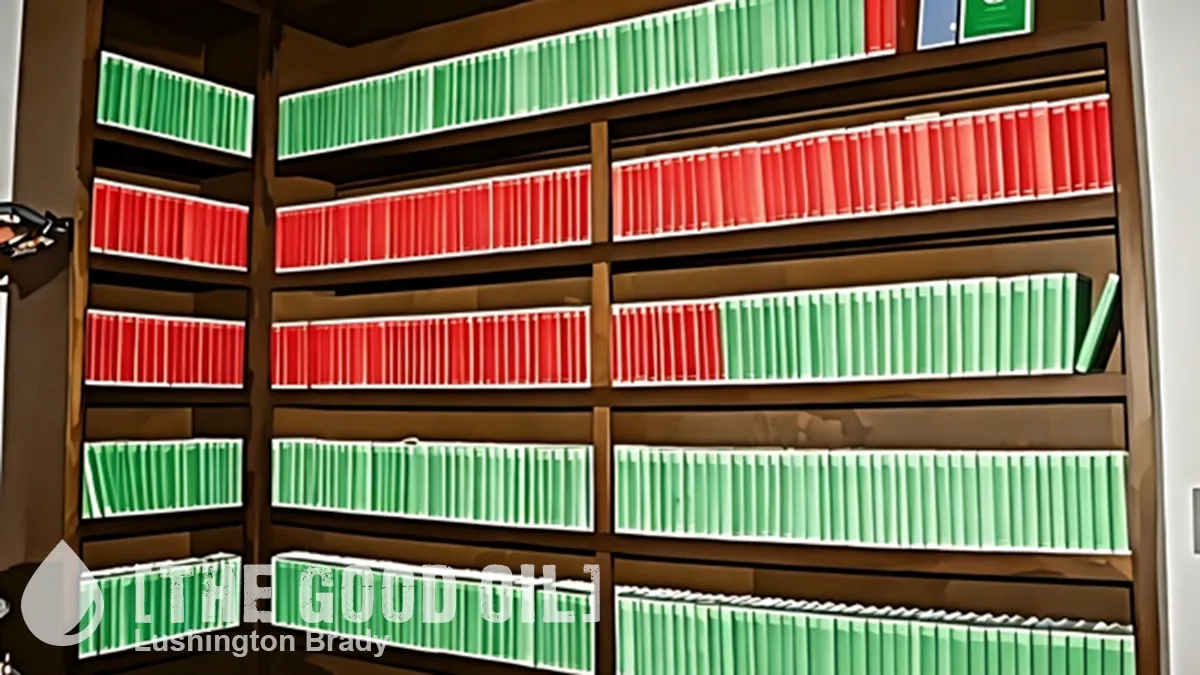Jon Miltimore
Jonathan Miltimore is the Editor at Large of FEE.org at the Foundation for Economic Education.
Stanley Zhong did everything right. A 4.42 weighted GPA (3.98 unweighted). A 1590 SAT score (1600 is perfect). He’d even launched his own startup (RabbitSign).
Yet the 18-year-old Palo Alto-area graduate was stunned when he found himself rejected by 16 of the 18 schools he’d applied to, including multiple state schools.
“Some of the state schools, I really thought, you know, I had a good chance,” Zhong told ABC7 News. “I didn’t get in.”
Zhong’s story has begun to gather some media attention, which was the subject of discussion at a recent House Committee on Education and the Workforce hearing. Yet almost all of the stories failed to mention the likely reason Zhong was rejected: He’s Asian.
For years, colleges have been quietly discriminating against Asians in the admission process, admitting white, black, and Latino students with lower SAT scores and lower GPAs in the name of inclusivity. The problem for Asians is that, as a group, they tend to score really well.
This means there’s an abundance of highly qualified Asians applying to universities each year. This would not be a problem for Asian students if not for race-conscious universities, which, in recent years, have demonstrated a preference for social equity and racial balance over merit.
As a result, untold numbers of Asians have found themselves excluded from universities simply because of their race.
Harvard, which was sued in 2013 by Students for Fair Admissions for racial discrimination, is a high-profile example. Several years ago, the university released data showing that over an 18-year period (1995-2013), Asian American students outscored every other racial peer group, averaging an SAT section score of 767 (max 800). That is substantially higher than white people (745), Hispanic people (718), Native Americans (712), and black people (704).
In other words, Asian Americans had to outperform other racial peer groups to be admitted.
“[Asian Americans were] being held to a higher standard than [others], all else equal,” Duke economist Peter S Arcidiacono wrote in a pretrial report.
The dirty secret was that Harvard, like most universities, was using racial discrimination to admit certain racial groups at the expense of others.
Many colleges and defenders of affirmative action, ie ‘positive discrimination,’ refused to admit this was actually racial discrimination. Some supporters of the policy, however, had the intellectual honesty to do so.
“I can accept the trade-offs as the necessary cost of this policy,” Jonathan Chait wrote in a 2022 New York Magazine article. “What I can’t accept is the refusal by Harvard and its defenders to admit what the policy is.”
Chait described their refusal as “gaslighting,” and the Supreme Court agreed. In a watershed 2023 decision, the court held that race-based admissions violated the Constitution’s equal protection clause.
The high court was right, but we should look beyond the legal problems of affirmative action.
America is built on the idea that all people should be treated equally, but today, we’re divided on the question of whether racial discrimination should be used so long as it results in preferred outcomes. The vast majority of people (73%) oppose race-based admissions, but it’s a policy supported by many liberals – indeed, demanded.
Coleman Hughes, a heterodox black thinker and fellow at the Manhattan Institute, recently found his TED talk on color blindness, the idea that we shouldn’t judge people by the color of their skin or treat them differently, targeted for censorship by social justice fundamentalists. (TED eventually released Hughes’s talk but suppressed the video.)
Decades ago, the Nobel Prize-winning FA Hayek observed the Kafkaesque logic of trying to usher in a more equal society by treating people unequally.
“The classical demand is that the state ought to treat all people equally in spite of the fact that they are very unequal,” Hayek said. “You can’t deduce from this that because people are unequal, you ought to treat them unequally in order to make them equal. And that’s what social justice amounts to.”
Systemic racism exists in America today. It just looks a lot different than you’ve been told. Just ask Stanley Zhong.
Fortunately for Zhong, the Palo Alto graduate doesn’t need the universities that rejected him. He landed a job with Google. But his father observed that’s “a luxury most kids in his situation won’t have.”
He’s right. Zhong’s treatment is an important reminder of the injustice many face when Americans fail to see all people as we should: as individuals.
This article originally appeared on The Washington Examiner.
This article was originally published on FEE.org. Read the original article.








